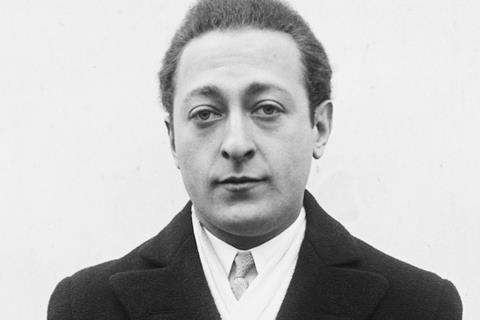The development of the great violinists from fresh young artists to profound musical thinkers can be charted through their recorded interpretations. Nathaniel Vallois uses his time in lockdown to examine changes in the playing style of some of the best-known names

The following is an extract from an article in The Strad’s December 2020 ‘Willemotte’ Stradivari issue. To read in full, click here to subscribe and login. The December 2020 digital magazine and print edition are on sale now.
Jascha Heifetz embraced a glittering strand of contemporary compositions perfectly tailored to his temperament and skills. Walton’s and Korngold’s violin concertos and Prokofiev’s Second, among many other works alongside his own arrangements, brought further lustre to his aura.
In other ways, Heifetz himself scrupulously avoided change: he devised chiselled interpretations of his vast repertoire at a relatively early stage of his career and largely abided by them for decades to follow. However, the temperament fuelling these interpretations did change and his always strong personality came into ever sharper, even fierce, focus.
Read: The darker side of Heifetz the autocratic teacher
Read: Evolving interpretations: The long and winding road
Read: How did David Oistrakh’s interpretations evolve over his lifetime?
His earlier pre-war playing suggests some Kreisler influence: mellifluous, propulsive to be sure, but less hard-driven than it would become, with trademark portamentos gentler in spirit. In new versions from the 1950s and 1960s of a wide range of music, his tempos are either remarkably similar or, most often, even faster. Details of fingering, portamentos and phrasing are nearly identical, but the glowing sheen has been replaced by a harder, even abrasive, edge.
-
This article was published in the December 2020 ‘Willemotte’ Stradivari issue
The late-period violin’s strong personality is the perfect match for its current owner Leonidas Kavakos. Explore all the articles in this issue. Explore all the articles in this issue
More from this issue…
- The 1734 ‘Willemotte’ Stradivari violin
- A newly discovered Vieuxtemps cadenza
- Coaching chamber music for school-age students
- Amandine Beyer on recording C.P.E. Bach’s string symphonies
- The history of the viola d’amore
- Evolving interpretations of the great vioinists
Read more playing content here











































No comments yet